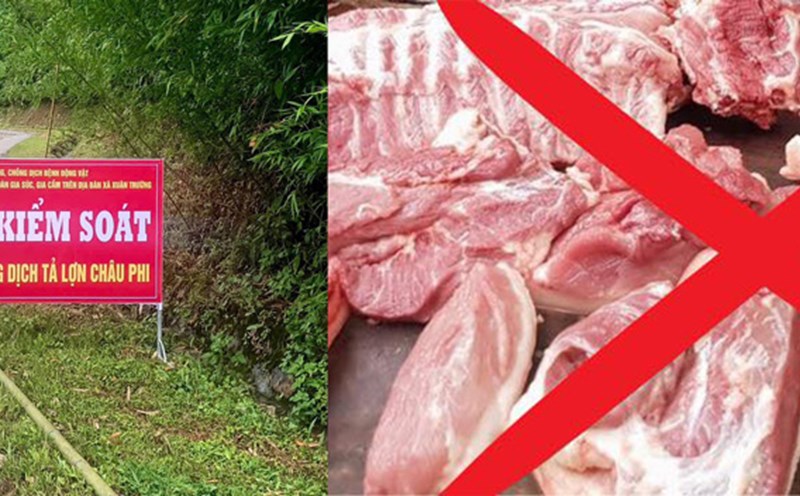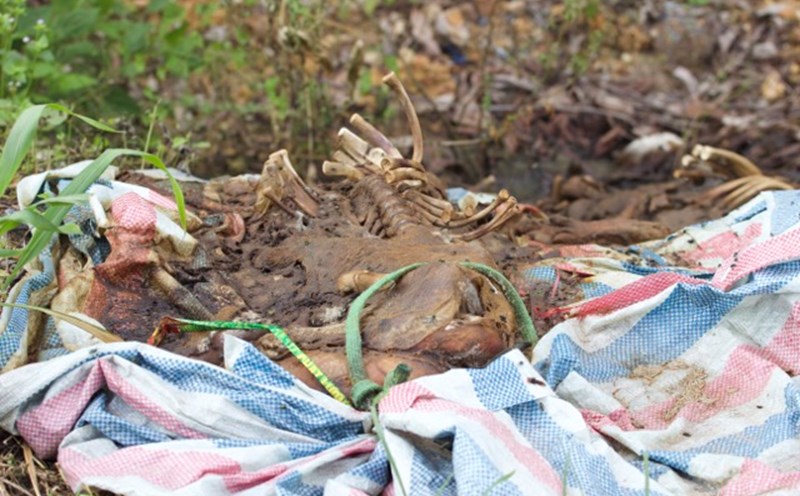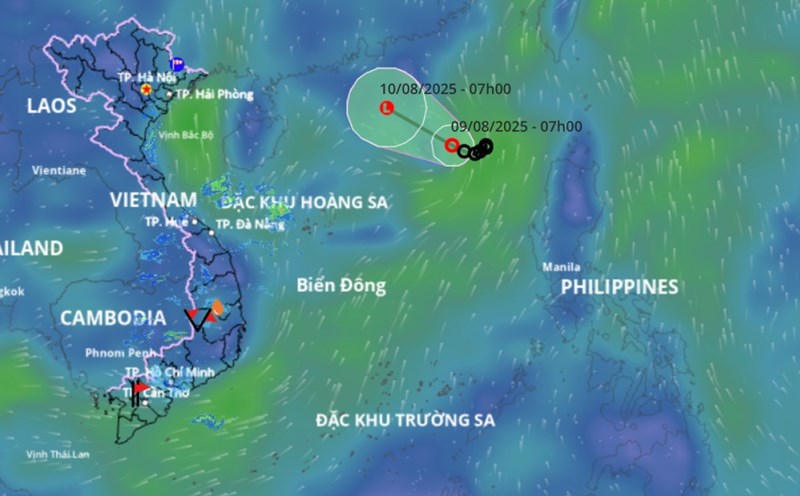On August 9, the Head of the Department of Animal Husbandry and Veterinary Medicine of Dak Lak province gave a quick report on the situation of African swine fever in the area.
Accordingly, since the beginning of the year, the whole province has created and destroyed 698 pigs, the destroyed weight is 42,729kg, in 74 households, 43 villages/hamlet, 24 communes/wards. Currently, 20 wards/communes have not had an outbreak for 21 days.
nationwide, there were 944 communes/wards, 5,843 villages/hamlets, killing and destroying 214,579 pigs. The number of sick and destroyed pigs in Dak Lak province ranks 25/34th in the country.
According to general assessment, the epidemic situation across the country is very complicated. Comparison of the same period shows that the current epidemic spreads very quickly in terms of both the scale of the outbreak and the number of infected pigs.
Dak Lak is one of the localities with a very large herd of pigs, up to 1.3 million pigs. To prevent the epidemic, the Provincial People's Committee has issued a telegram to resolutely and synchronously implement solutions to prevent and control African swine fever.
The Department of Agriculture and Environment has directed the Department of Animal Husbandry and Veterinary Medicine to establish a working group to support localities with epidemics and other communes in the whole province in implementing disease prevention and control work in a timely manner according to regulations.
The provincial Department of Animal Husbandry and Veterinary Medicine has directed local animal Husbandry and Veterinary Stations to coordinate with the People's Committees of communes to propagate to livestock farmers, mobilize and monitor the community.
Thereby, gradually raising awareness to promptly detect, prevent and report violations to competent authorities for handling according to regulations.
The People's Committees of communes and wards are recommended to establish rapid response teams to check the epidemic situation, and strictly handle cases of dumping animal carcasses into the environment.











